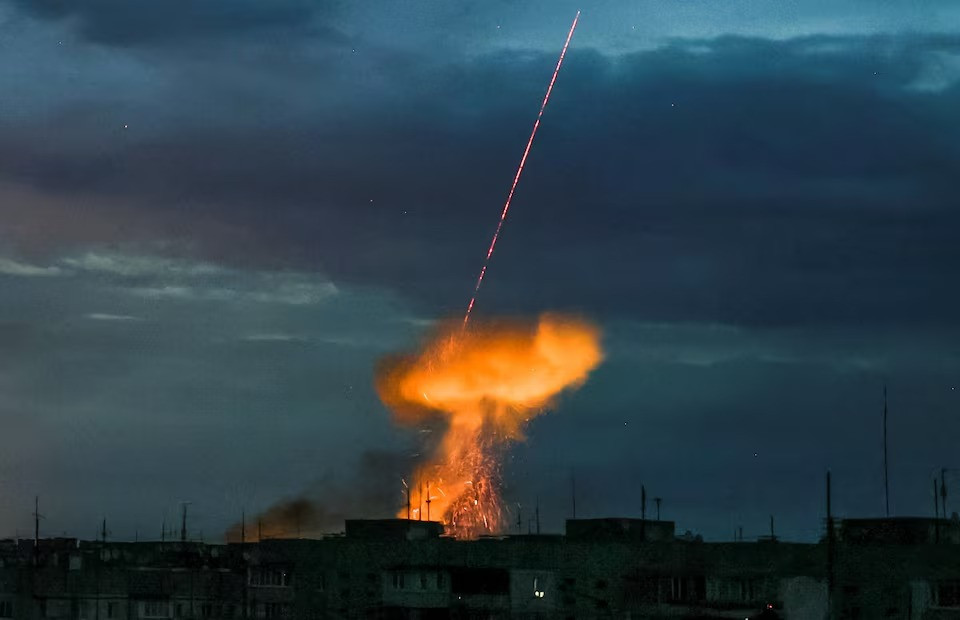
Russia has started using new, cost-effective drones in its long-range attacks on Ukraine to locate air defences, capture footage of damage, and serve as decoys, according to a Ukrainian military intelligence official.
These drones, made from materials such as foam plastic and plywood, have been deployed in five attacks over the past two to three weeks, including an overnight strike on Thursday. One type of these new drones is equipped with a camera and a Ukrainian mobile phone SIM card to send images back to the Russian military.
"They identify where our mobile groups are positioned, where the machine guns are that can destroy them. They're trying to get a picture of where all our air defenses are located," said Andriy Cherniak, a spokesperson for Ukraine's military intelligence agency.
These details, previously unreported, demonstrate Russia's ongoing efforts to adapt its tactics and employ new technology in its daily missile and drone strikes on Ukrainian cities and infrastructure.
Iranian-designed Shahed attack drones, which detonate upon impact, have been a key component of Russia's aerial attacks since the first year of its full-scale invasion, which began in February 2022.
Ukraine, appealing to the West for more air defense support against increased Russian airstrikes on its power facilities since March, conceals the locations of its air defense systems. The new Russian drones with cameras do not carry explosives but closely resemble regular Shahed drones and fly alongside them.
Another type of these new drones carries no explosive charge or only a small one and serves as a decoy, forcing Ukrainian forces to reveal their air defense positions.
These new drones, costing as little as $10,000 each despite their long range, are far cheaper to produce than air defence missiles. They can also fly at an altitude of 1,000 meters (3,000 feet), making them out of range of machine guns and automatic rifles.
The conflict in Ukraine has become a testing ground for drone warfare technology, with both sides extensively using attack and reconnaissance drones.
Ukraine has increased domestic drone production to narrow the gap between its capabilities and those of Russia, launching long-range drone attacks on Russian targets, including oil refineries.
Russia claims its long-range aerial attacks aim to weaken Ukraine militarily, while Ukraine accuses Russia of targeting civilian buildings and causing severe damage to energy facilities and civilian casualties.
Russian troops currently occupy around 18% of Ukrainian territory and have made incremental gains in the east, challenging Kyiv along a 1,000-km (600-mile) front line.
1719315628-0/BeFunky-collage-(8)1719315628-0-405x300.webp)


1731329418-0/BeFunky-collage-(39)1731329418-0-165x106.webp)


1731821450-0/Untitled-design-(17)1731821450-0-270x192.webp)
1731822323-0/Copy-of-Untitled-(4)1731822323-0-270x192.webp)









COMMENTS
Comments are moderated and generally will be posted if they are on-topic and not abusive.
For more information, please see our Comments FAQ